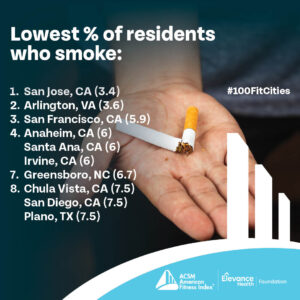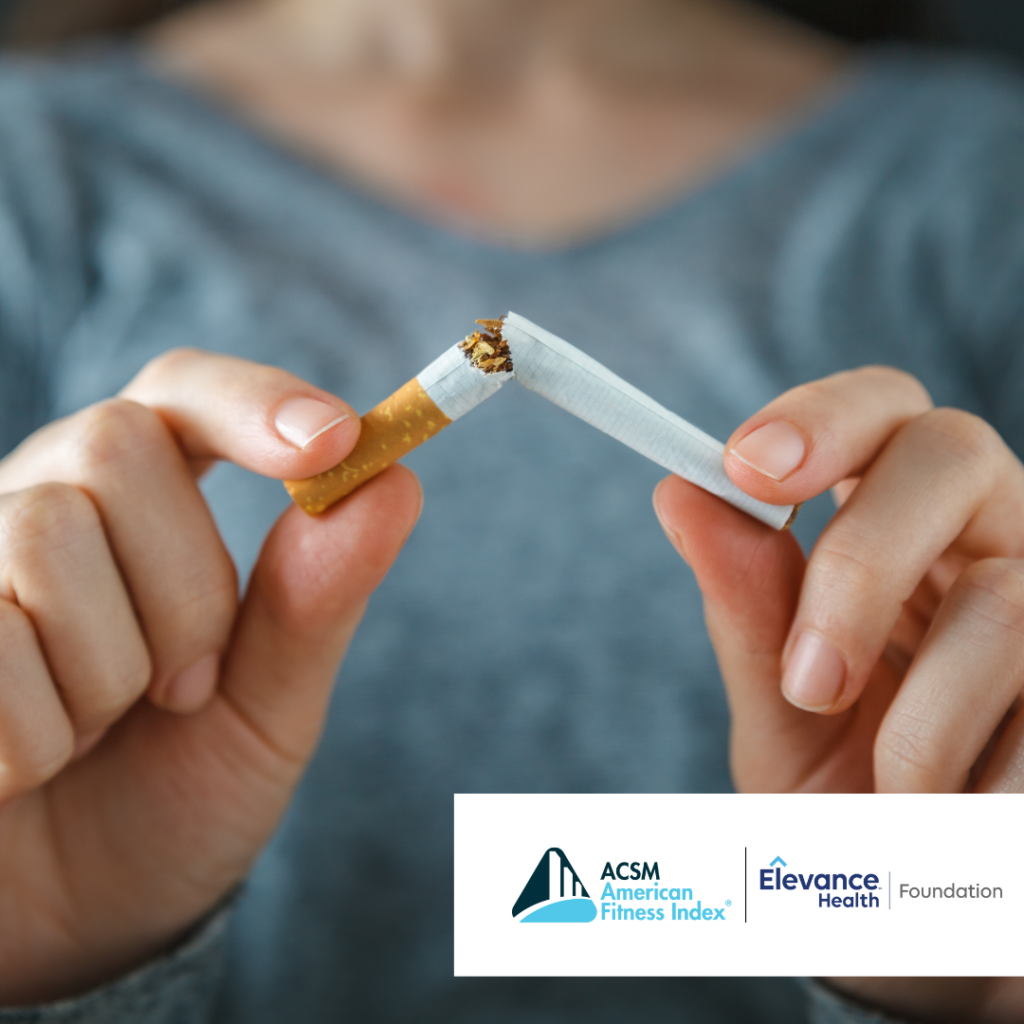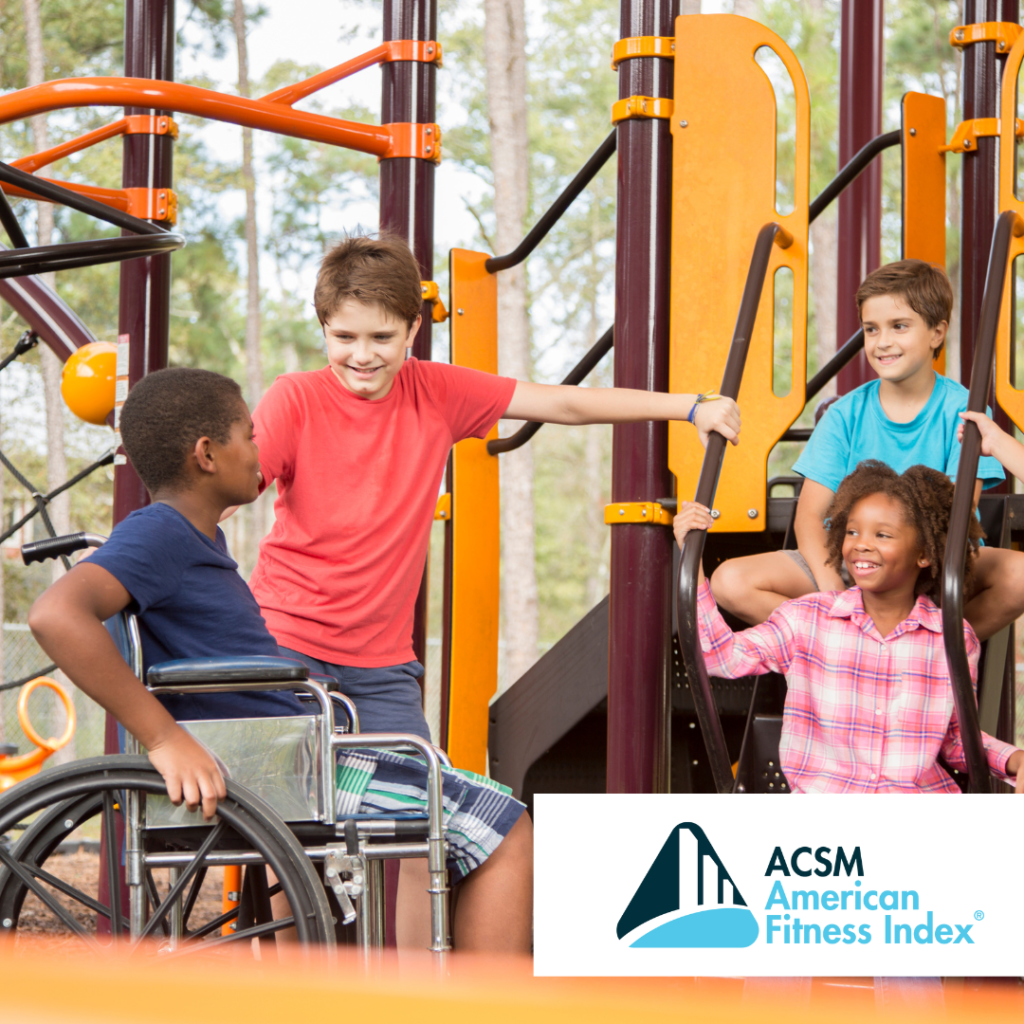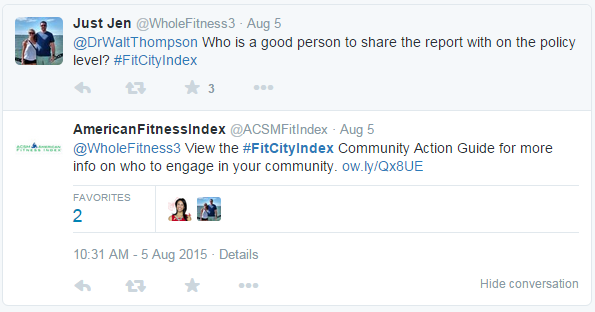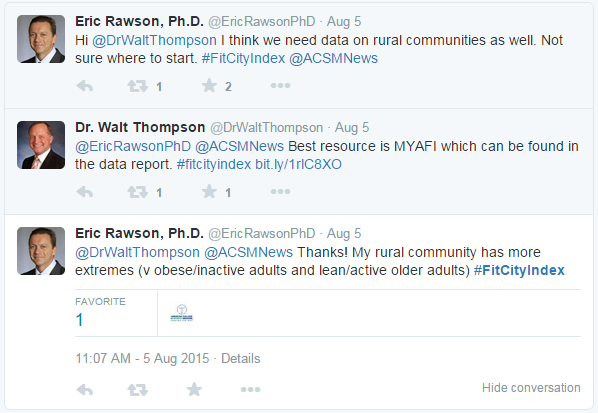For children, playgrounds offer numerous physical, social and cognitive benefits, including the development of motor skills, social skills, creativity and independence. These structures, defined as a designated play area that contains traditional play equipment linked together by paths, provide rich contexts for children to explore their social and physical environments. As a result, playgrounds offer a unique opportunity for children to spontaneously engage in child-directed play. On the playground, children can explore various age-appropriate movement patterns and preferred activities—allowing them to engage in meaningful and fun physical activity.
Although playgrounds can be found in most neighborhoods (America’s 100 most populous cities average 2.5 playgrounds per 10,000 residents), many were designed to meet the needs and movement patterns of children without disabilities and not necessarily those with different social and physical capabilities. For example, for a child using an assisted walking device (e.g., a cane, walker, wheelchair), a traditionally designed playground may lack accessible entrances onto the equipment, thus hindering their ability to freely move around. On the other hand, playgrounds designed to meet the needs of children with all capabilities provide a motivating and inclusive environment to assist in healthy growth and development. These inclusive spaces can provide a critical opportunity to engage in physical activity. Regular physical activity is important for all children, but it’s important to note that children with disabilities tend to be less physically active than their typically developing peers.
Organizations like the National Center on Health, Physical Activity, and Disabilities and the Canadian Disability Participation Project define inclusion as an opportunity for all children to have the right to: 1) Be respected and appreciated as a part of the community; 2) Participate fully in activities; and 3) Interact with all peers to develop relationships and respect the opinions of others. Inclusive playgrounds are one way to provide equitable access and opportunities for play for all children and offer the opportunity for both children and adults to engage with the environment, enabling participants to have quality play moments.
Laws and standards (e.g., Americans with Disabilities Act Standards for Accessible Design) have been sanctioned to allow access to public structures. Accordingly, the 2010 Standards for Accessible Design, Play Areas require all play areas designed after March 15, 2012, to have at least one accessible route to each play structure. For example, all playgrounds must have ramp accessibility for raised equipment. Although these standards suggest promise for the development of equitable playgrounds, they are highly focused on meeting the needs of children with physical disabilities while failing to consider the needs of children with developmental disabilities. For example, many playgrounds lack a quiet sensory area that may be necessary for a child with a sensory processing disorder. Therefore, an accessible playground does not equate to an inclusive playground.
Numerous recommendations have been put forth to promote inclusive playgrounds to meet the needs of all children. One of the most common strategies is based on the Principles of Universal Design. Universal design is the development of products and environments to meet the needs of all individuals to the greatest extent possible without the need for modifications. An example of this is the presence of sidewalk curb cuts that allow any individual – someone using an assisted walking device, a parent with a stroller, or someone using a shopping cart – the opportunity to cross the street without needing to struggle to maneuver around a curb. Additional resources include those provided by The Canadian Disability Participation Project and Canadian Tire Jumpstart Charities. These organizations recommend 13 evidence-based recommendations to help to make playgrounds more inclusive.
Evidence-based Recommendations for Creating Inclusive Playgrounds:
- Entry Points: concerned with the perimeter of the playground and the paths to the playground surface.
- Ensure that the playground entrances are wide and free of obstacles.
- Provide wide, flat, and firm pathways leading to the playground.
- Consider enclosing the playground to prevent children from straying.
- Surfacing and Paths: concerned with the surface on which the play components are installed and the paths between the play structures.
- Use flat, uniform surfaces that consist of moderately firm and stable materials.
- Provide ramps that have access to and between elevated play components.
- Features to Foster Inclusive Play: elements account for a variety of needs, abilities and desires.
- Provide play equipment that is accessible to all.
- Ensure that play equipment provides an appropriate challenge to all.
- Reduce overstimulation by spreading out sensory play components throughout the play environment.
- Reduce overstimulation by providing spaces for solitary play.
- Include components of environment that are designed to stimulate creativity.
- Use supplemental aids for spatial orientation, communication and guidance for play.
- Provide shaded areas for temperature regulation.
- Staffing and Supervision: concerned with the staff that supervise and assist on the playground.
- Ensure that staff are trained to support the needs of those with disabilities.
- Design Process: concerned with the stage of design the playground.
- Consider involving all parties in the design of the equipment.
Since the strategies above help to create a more inclusive physical environment, fitness professionals should consider the playground as a potential physical activity setting for their clients, including children and families. Fitness professionals can also join families, early interventionists and community members to advocate for the development of inclusive playgrounds in their communities. These efforts will ensure healthy, inclusive spaces for all children to play and develop. Not only can fitness professionals collaborate with other stakeholders (e.g., parents, community organizations, city planners) to promote more inclusive playgrounds, given their passion for and knowledge of the benefits of physical activity in children, they can lead the way.
Authors: Vincenzo Nocera, Ph.D., Sharon E. Taverno-Ross, Ph.D., Michaela Schenkelberg, Ph.D.
Additional Resources:
Brown, D.M.Y., Ross, T., Leo, J., Buliung, R.N., Shirazipour, C.H., Latimer-Cheung, A.E. and Arbour-Nicitopoulos, K.P. (2021). A Scoping Review of Evidence-Informed Recommendations for Designing Inclusive Playgrounds. Front Rehabilit Sci. 2: 1-13.
Canadian Disability Participation Project (2023). Blueprint for Building Quality Participation on Playgrounds for Children with Disabilities. University of Toronto, Toronto, ON, Canada.
National Center for Physical Activity, Health, and Disability (n.d.). Discover Inclusive Playgrounds: A Guide for Playground Users. Available at: https://www.nchpad.org/1616/6650/Discover~Inclusive~Playgrounds
Ross, T., Arbour-Nicitopoulos, K., Kanics, I.M., and Leo, J. (2022). Creating Inclusive Playgrounds: A Playbook of Considerations and Strategies. Holland Bloorview Kids Rehabilitation Hospital. Available at: www.hollandbloorview.ca/playgroundsplaybook
